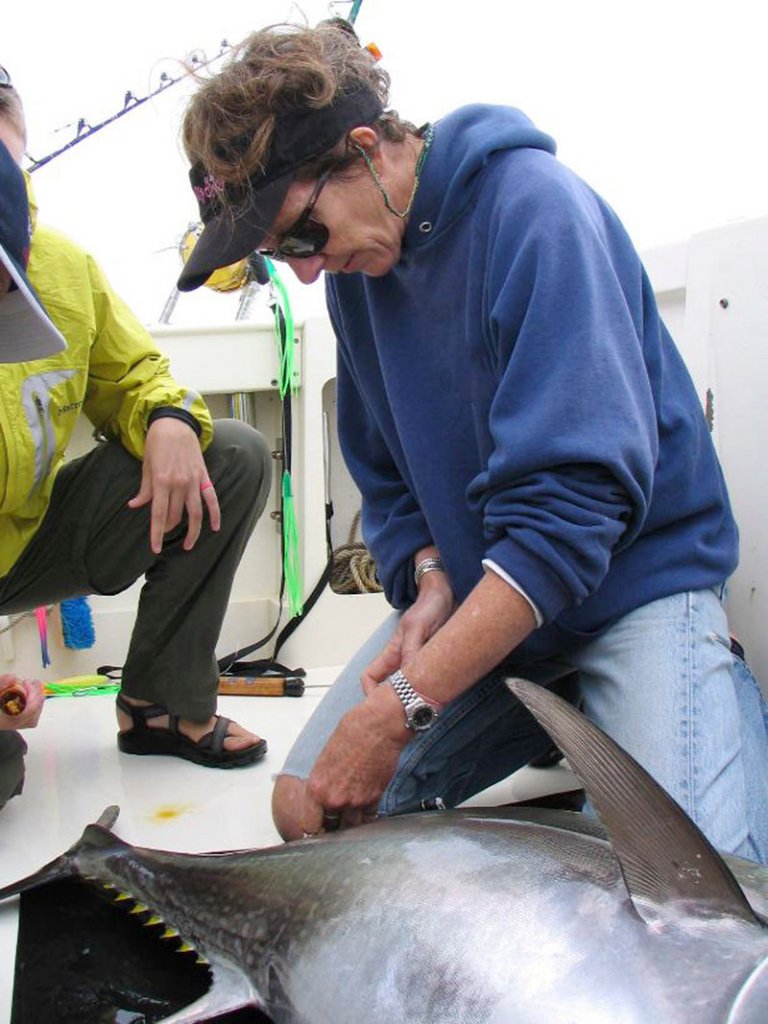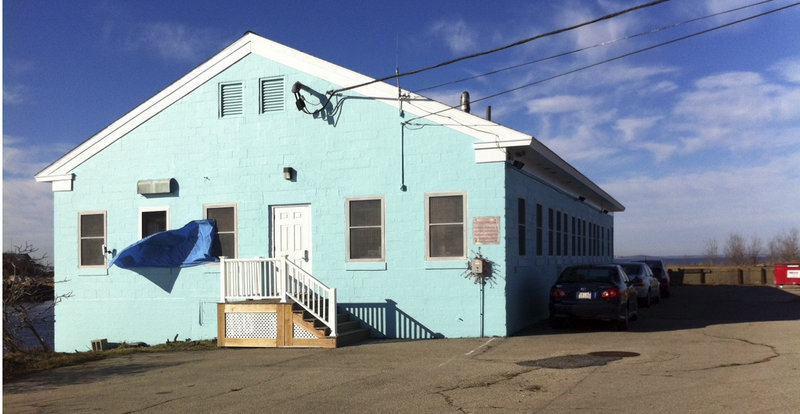A waterfront building in Gloucester, Mass., that went unused for years has reopened as a research station that officials hope will develop into a world leader in tracking the health of tuna and other large fish stocks, while providing an economic boost.
The Marine Science Research Station reopened Friday as a cooperative effort between the University of Massachusetts and the state Division of Marine Fisheries.
It now houses the Large Pelagics Research Center, dedicated to the study of large fish, primarily the bluefin tuna, which feeds in the Gulf of Maine during the summer and fall.
“This puts Gloucester and UMass on the map as the place to go to talk about the problems and how to better protect these resources,” said the center’s director, UMass professor Molly Lutcavage.
Lutcavage’s research involves tagging bluefin tuna with satellite tracking devices that pop off by themselves after about a year without ever harming the fish. Once a device pops off and floats to the ocean’s surface, it transmits data including the tuna’s migratory travels and depth. The information can be used to help manage resources.
Knowing where the fish are, and how many there are, helps government managers prevent overfishing and keeps the fishery sustainable.
The technology has already shown that there is more mixing than previously thought between the western Atlantic Bluefin population off the North American coast and the eastern Atlantic Bluefin found off Europe and North Africa, Lutcavage said.
“What that showed is that the lack of management in the Mediterranean would impact the stocks in the U.S. and Canada,” she said. “If you’re wiping out tuna in the east, we won’t have sustainable fisheries in the west.”
Lutcavage said she does her research the old-fashioned way.
“We’re doing what the old-timers used to do in fisheries science,” she said. “They were scientists who spent a lot of time on commercial boats and spoke a common language with fishermen.
“Fishermen trust us because we have shown that we can be objective and do a good job trying to portray what’s out there,” she said.
The six-acre site in Gloucester was originally used in the early 1900s to ship the granite carved out of nearby quarries in Rockport.
The University of Massachusetts bought it in 1970 to serve as a seafood research laboratory. When the director of that lab died in 2007, the building fell into disuse.
A $400,000 renovation project has brought new life to the 3,200-square-foot building. The renovations include a new floor and roof, rewiring, weatherproof windows and a new coat of paint.
Lutcavage envisions a marine research hub much like Woods Hole on Cape Cod.
“This is a phenomenal location for a marine scientist,” she said.
Send questions/comments to the editors.




Comments are no longer available on this story